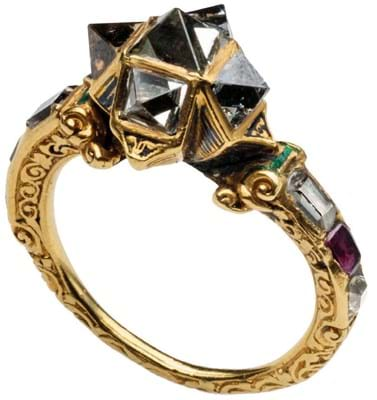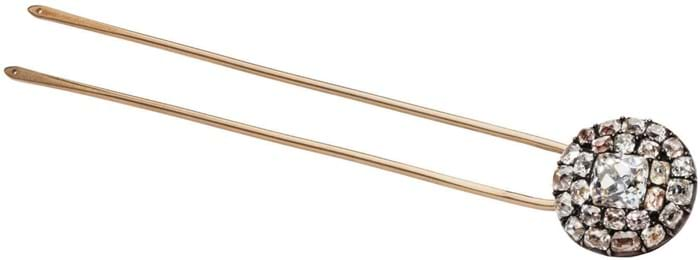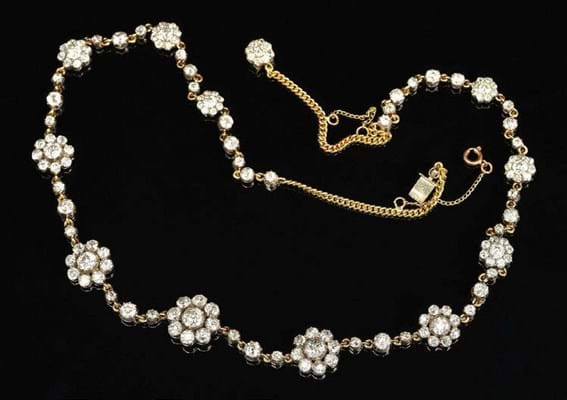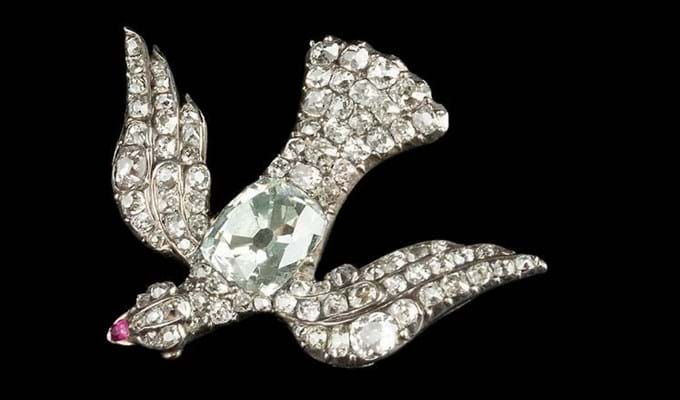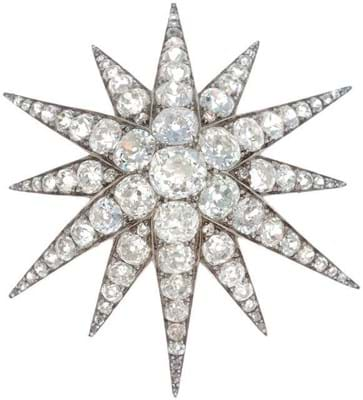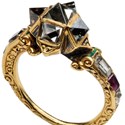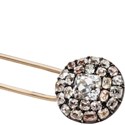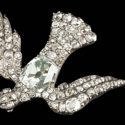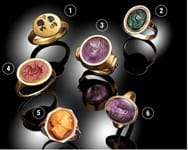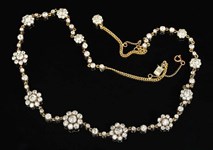Zucker came to the diamond business through his family. His grandfather was an expert in uncut specimens in Antwerp and his uncle a leading trader in the Far East. He has written extensively on the history and collecting of diamonds.
Pieced together over 45 years, the 35 works on show at the East 73rd Street gallery were chosen to tell the story of diamond jewellery in the centuries before the advent of the machine-cut stone.
Octahedral stones
The earliest ring in the Zucker collection is the Sultan Muhammad of Ghor’s octahedral diamond ring, made in 13th century Afghanistan when these geological miracles – medieval symbols of fortitude, indestructibility and dignity – were used in their natural state.
At the time coloured gemstones such as ruby and sapphire were far more popular: rough diamond crystals of an unpromising shape were discarded.
Diamond cutting can be traced to the late Middle Ages when the point-cut stone, the Indian ‘rose cut’ and the table cut became popular as a way to improve upon nature’s design.
The first brilliant cuts, forerunners of today’s most popular guise, were introduced in the middle of the 17th century: known as mazarins, they had 17 facets on the crown.
A good example is the St Albans Bodkin, a 17th century English jewel featuring brilliant-cut diamonds that Charles II reputedly gave to his mistress Nell Gwynn.
It was inherited by their illegitimate son, Charles Beauclerk, 1st Duke of St Albans, and descended in the family until its private sale in the 1980s.
The Zucker collection is offered for sale as a single entity with a price “in the mid seven figures.”

